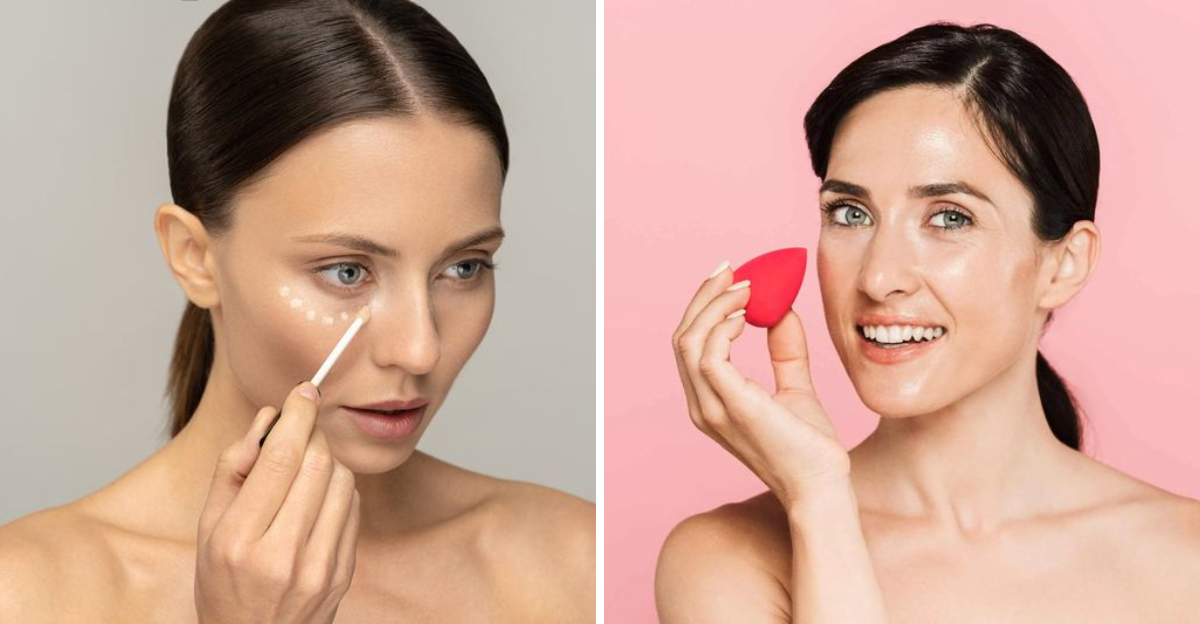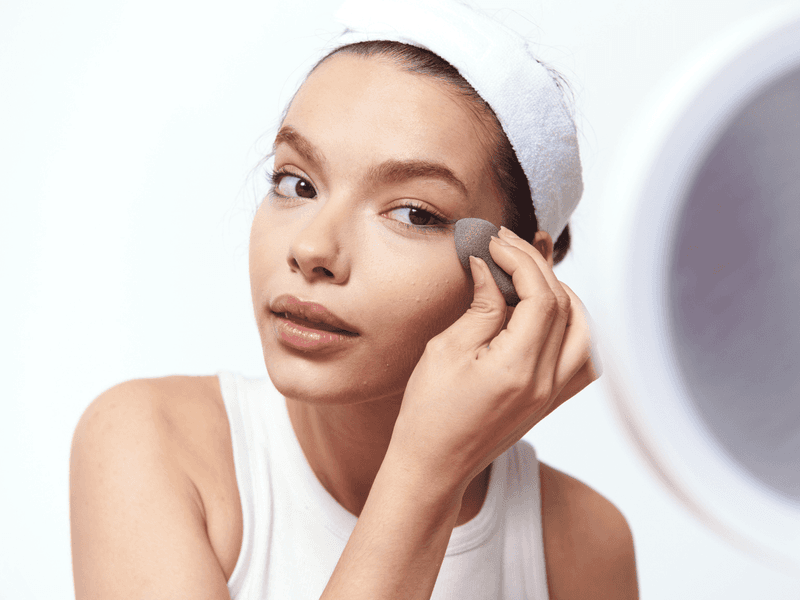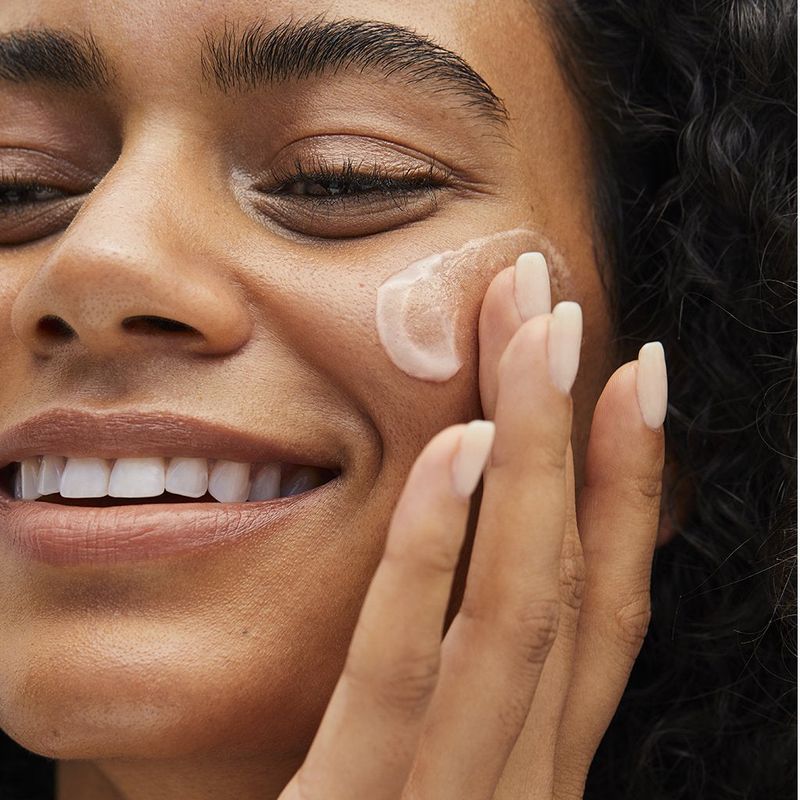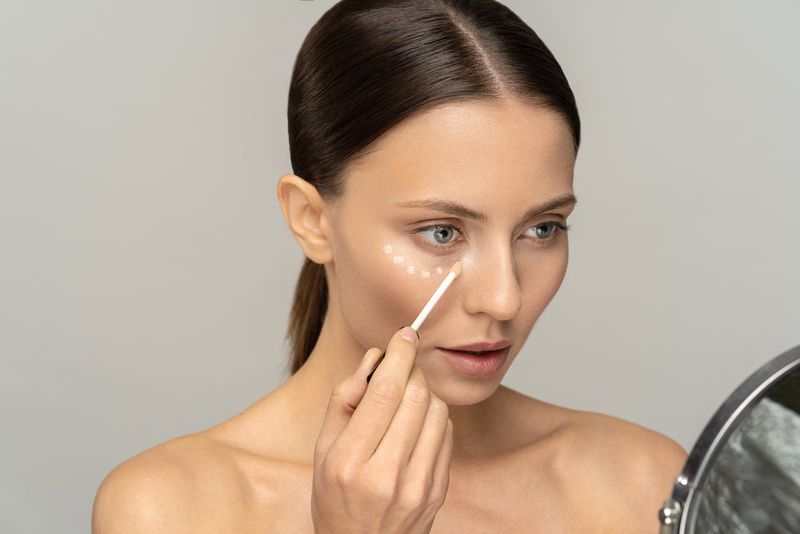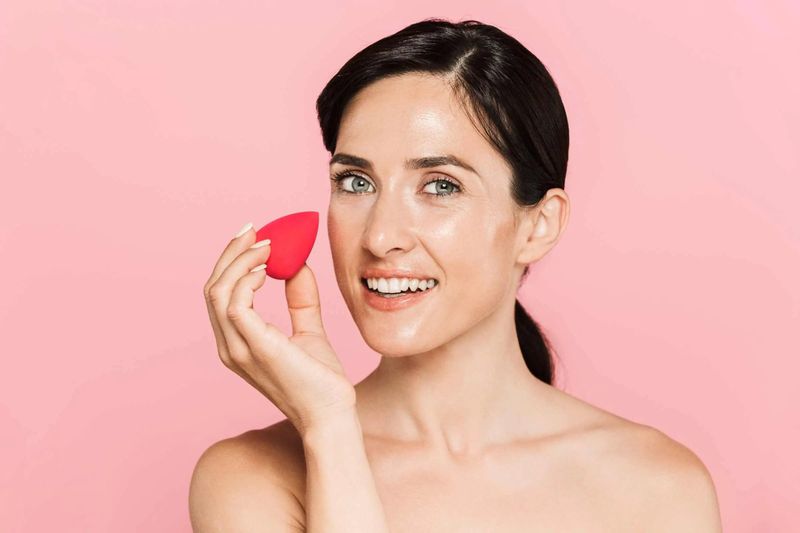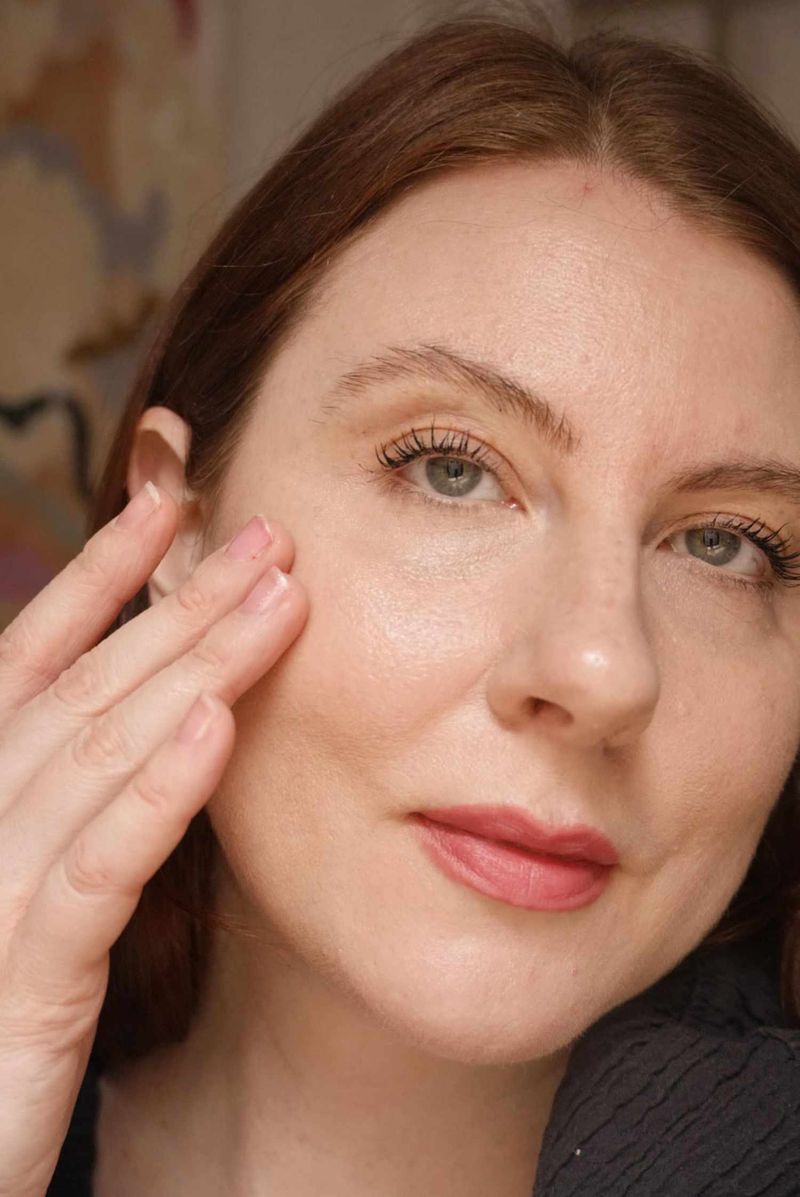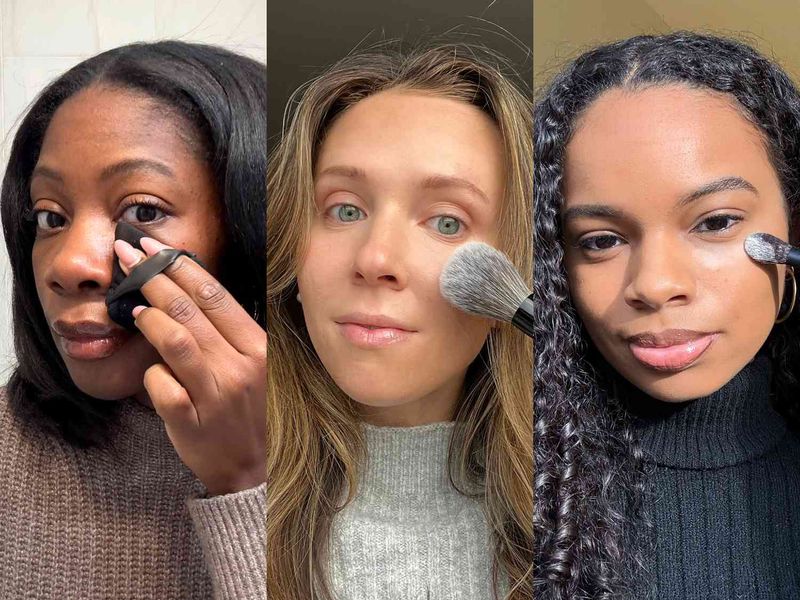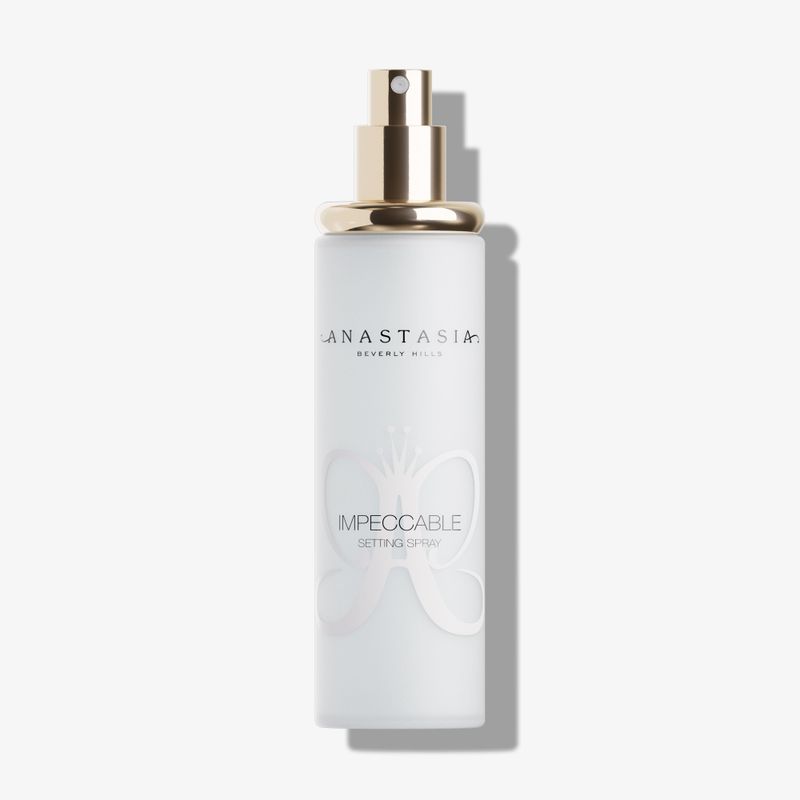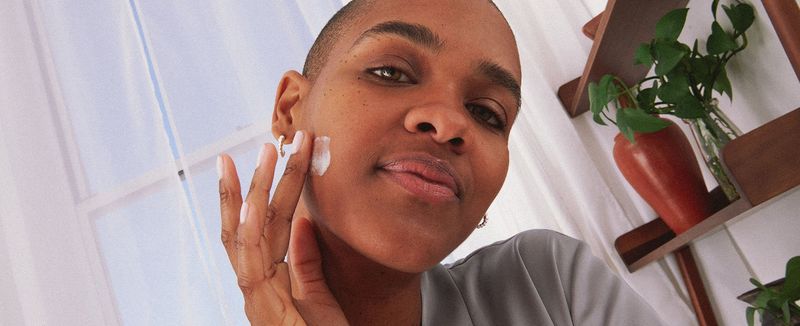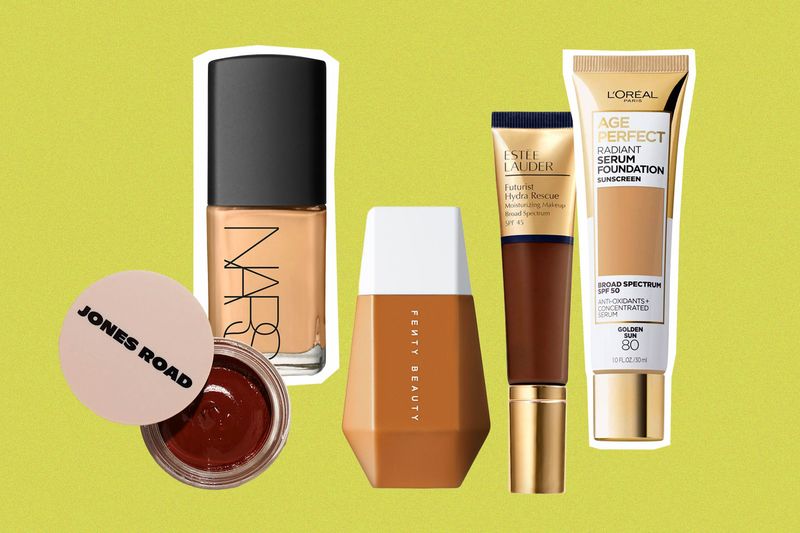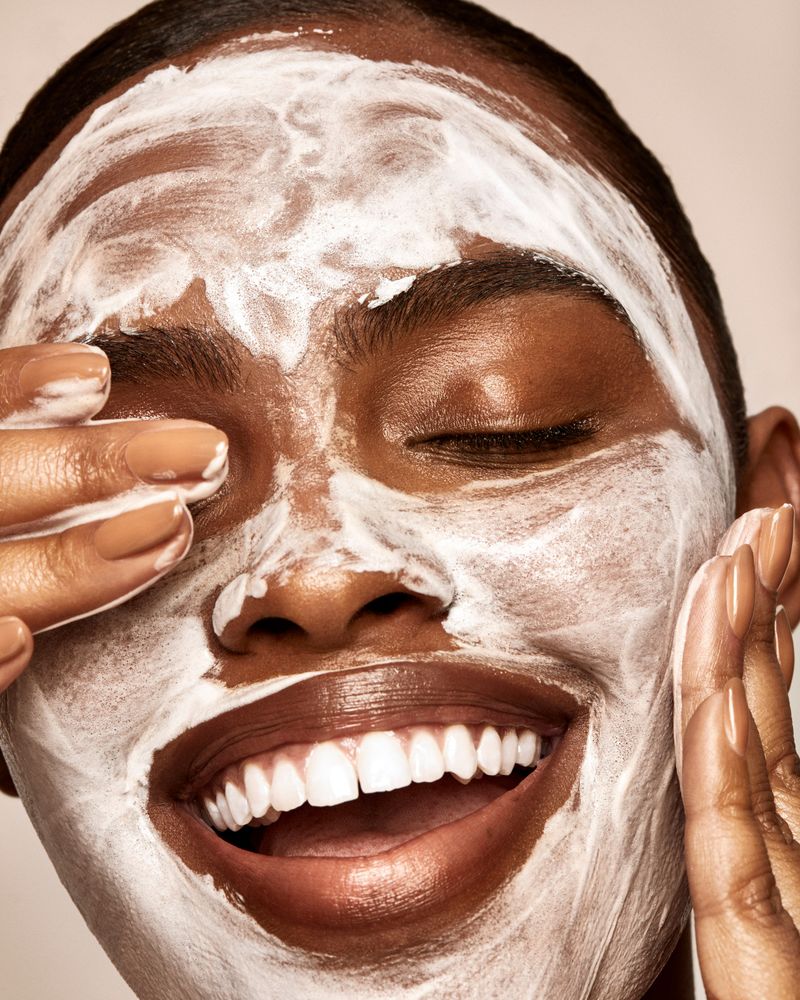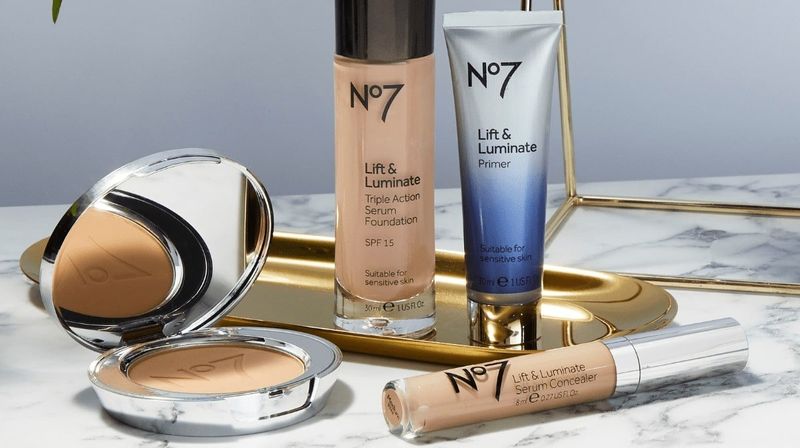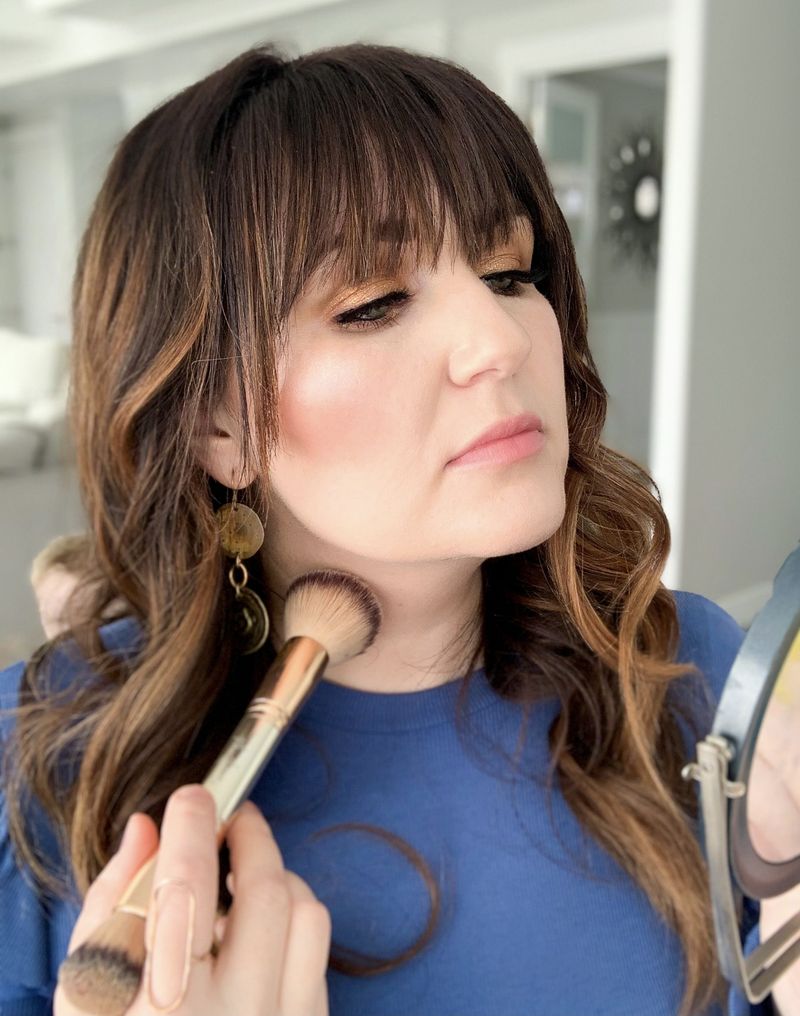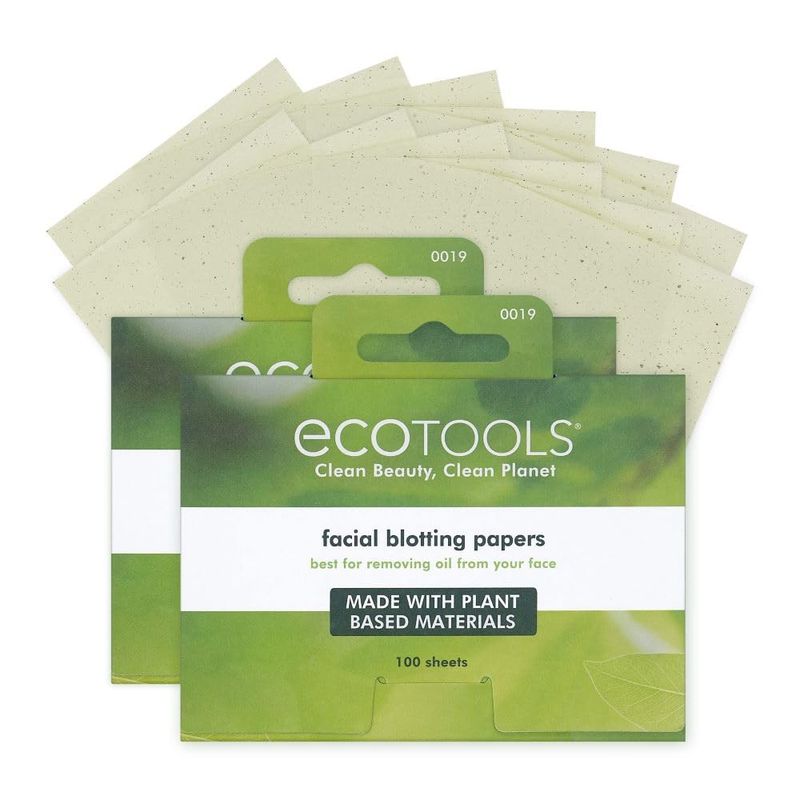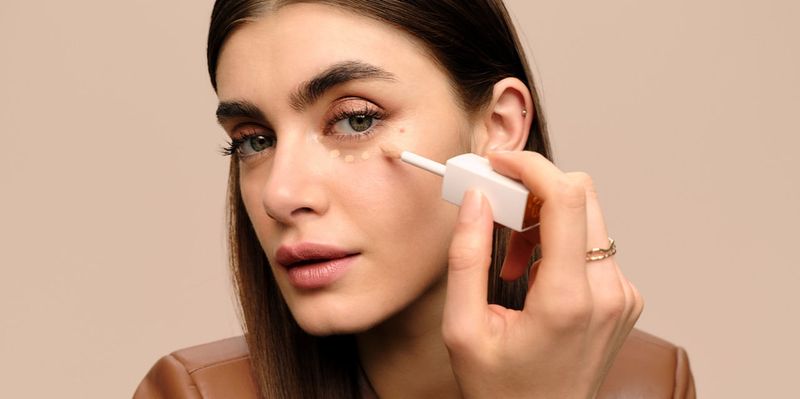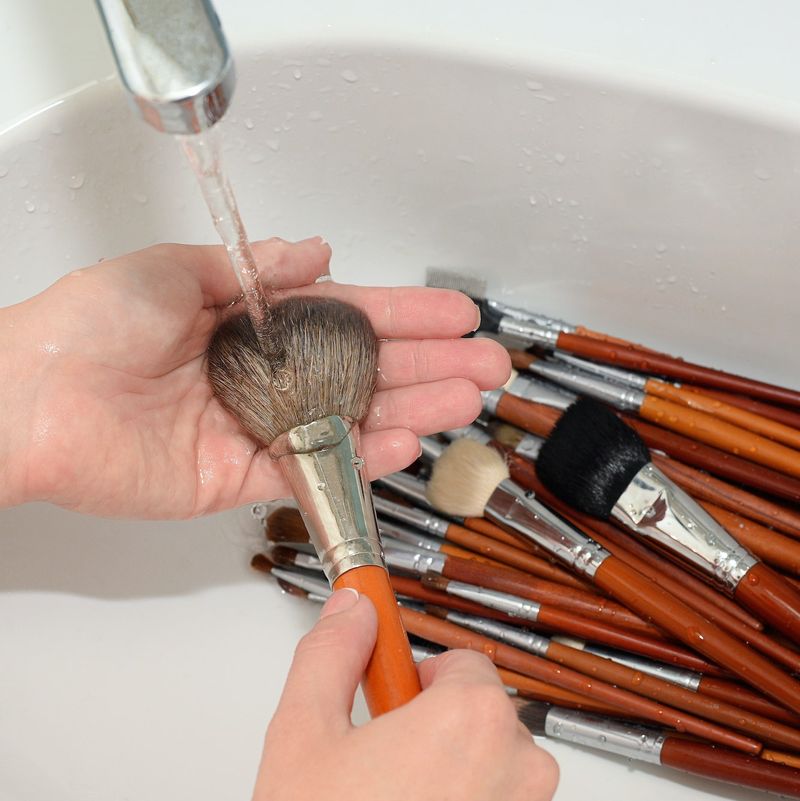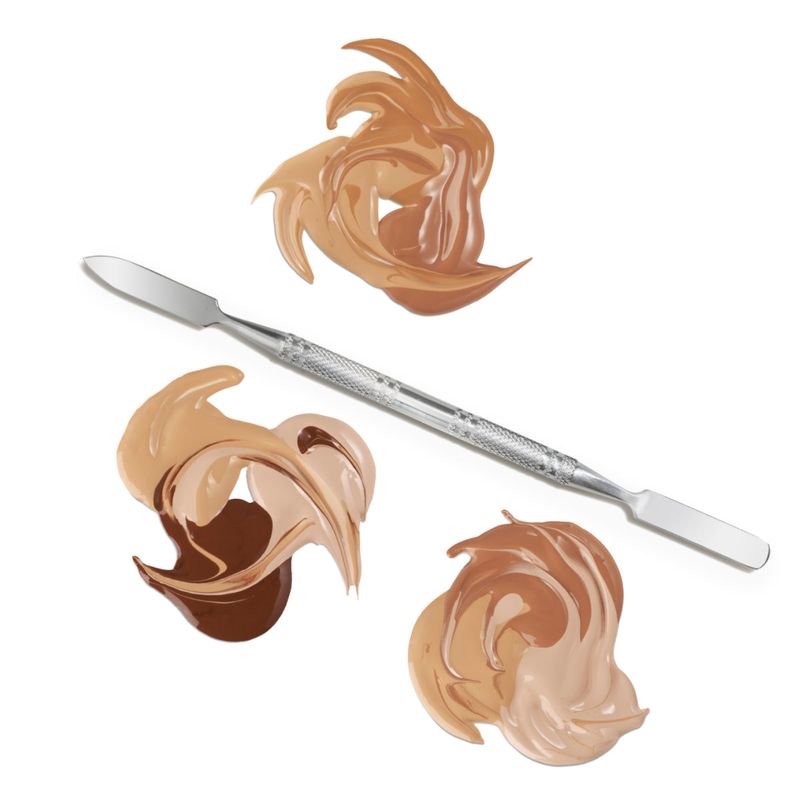Ever look in the mirror and see your foundation looking like it’s sitting on top of your skin instead of blending in? Cakey makeup happens to everyone, but professional makeup artists have tricks to avoid it. These expert tips will help you achieve that smooth, natural finish you’ve always wanted.
1. Hydrate Before Application
Moisture is your foundation’s best friend. Dry skin makes makeup cling to patches and look uneven.
Apply a hydrating moisturizer 5-10 minutes before your makeup routine. This creates a smooth canvas that allows products to blend seamlessly instead of sitting on top of dry skin.
2. Prime With Purpose
Not all primers are created equal! Using the wrong type for your skin concerns can actually cause cakiness.
Oily skin? Choose mattifying primers. Dry skin? Opt for hydrating formulas. Combination? Zone-specific application works wonders. The right primer creates the perfect base for flawless foundation application.
3. Less Is More Philosophy
Layering too much product is the fastest route to cake city. Start with a tiny amount of foundation and build up only where needed.
One pump is usually enough for your entire face. You can always add more, but removing excess without starting over is nearly impossible.
4. Damp Sponge Magic
A bone-dry beauty blender is your enemy! Squeeze your sponge under running water, then wring it out completely.
The slight dampness helps foundation melt into skin rather than sit on top. Bounce—don’t drag—the sponge across your face for that airbrushed finish professional MUAs achieve.
5. Warm Products Between Fingers
Cold makeup can create streaks and patches. Take a moment to warm foundation or concealer between your fingertips before applying.
This simple trick helps products melt into skin more naturally. The warmth from your body heat transforms the texture, making it blend like a second skin.
6. Strategic Powder Application
Powdering your entire face is outdated advice! Focus only on areas that get oily—typically the T-zone.
Leave naturally dry areas powder-free to maintain dewiness. Press powder into skin with a puff rather than sweeping with a brush for longer-lasting, less cakey results.
7. Setting Spray As Your BFF
Think of setting spray as the ultimate makeup melter. A few spritzes help different layers of makeup become one with your skin.
Choose alcohol-free formulas for dry skin or mattifying versions for oily complexions. Hold the bottle 8-10 inches away and spray in an X and T pattern for even coverage.
8. Skincare-Makeup Waiting Game
Rushing between skincare and makeup leads to pilling and cakiness. Give your serums and moisturizers time to fully absorb.
Wait at least 5 minutes after skincare before starting makeup. This patience pays off with smoother application and prevents products from balling up on your skin.
9. Foundation Formula Matters
Heavy, matte foundations are more prone to caking than their lightweight counterparts. For everyday wear, choose serum foundations or tinted moisturizers.
Save full-coverage formulas for special occasions or photography. Your skin will look more natural, and you’ll avoid that mask-like appearance that screams “too much makeup!”
10. Exfoliate Regularly
Dead skin cells create a rough surface that grabs onto makeup unevenly. Gentle exfoliation 2-3 times weekly prevents this texture issue.
Chemical exfoliants like AHAs or BHAs are often better than harsh scrubs. Just don’t exfoliate immediately before makeup—this can cause irritation and more cakiness.
11. Layer Liquids Before Powders
The order of your products makes a huge difference! Always apply liquid or cream products before any powder formulations.
This means foundation, liquid blush, and cream contour come before setting powder and powder bronzer. Reversing this order creates a textured, patchy mess that’s impossible to smooth out.
12. Facial Mist Refresh
Keep a hydrating face mist in your bag for midday touch-ups. When makeup starts looking dry or cakey, a light spritz can revive it.
Wait 30 seconds after spraying, then gently press your skin with clean hands. This reactivates the makeup and helps it re-blend without adding more product.
13. Blending Beyond Your Face
That obvious makeup line along your jaw is a dead giveaway. Always blend foundation down onto your neck for a seamless transition.
Use whatever product remains on your brush or sponge—no need for extra foundation. This simple step prevents that floating-face look that makes makeup appear obvious and cakey.
14. Oil Blotting, Not Powder Packing
Adding more powder throughout the day creates layers that look increasingly cakey. Reach for blotting papers instead when shine appears.
Press—don’t rub—the paper against oily areas to absorb excess sebum. This removes shine without disturbing your makeup or adding thickness that leads to cakiness.
15. Concealer Concentration
Applying concealer all over creates unnecessary product buildup. Target only areas that truly need coverage—usually under eyes and around the nose.
For blemishes, use a precise brush to dot product only on the spot itself. This focused approach prevents the heavy, cakey look that comes from over-concealing.
16. Beauty Tool Cleanliness
Dirty brushes and sponges harbor old makeup, oils, and bacteria that transfer back to your face. This buildup creates a perfect recipe for cakey application.
Wash sponges weekly and brushes bi-weekly minimum. Clean tools apply product more evenly and help your makeup look fresher every time.
17. Skin-First Mentality
The best makeup artists focus more on skincare than coverage. Invest time in addressing underlying skin concerns rather than covering them up.
Consistent skincare reduces the need for heavy makeup. When your skin improves, you’ll naturally use less product, resulting in a more natural, cake-free appearance.
18. Facial Massage Techniques
A quick facial massage before makeup improves circulation and product absorption. Use your fingertips to work moisturizer into skin with upward strokes.
This technique wakes up your face and creates a plumper surface. When skin is properly prepped this way, foundation glides on more smoothly instead of catching on dry patches.
19. Custom Foundation Mixing
One-size-fits-all rarely works for foundation. Mix different formulas to create your perfect match in both shade and finish.
Too matte? Add a drop of liquid illuminator. Too heavy? Blend with moisturizer. This customization ensures your foundation works with your skin instead of fighting against it.
20. The Face Roller Trick
Keep a clean jade or ice roller in your fridge for makeup emergencies. If you notice cakiness developing, roll gently over the area.
The cool temperature and gentle pressure help press makeup back into skin. This works especially well for under-eye concealer that’s starting to crease or look heavy.

